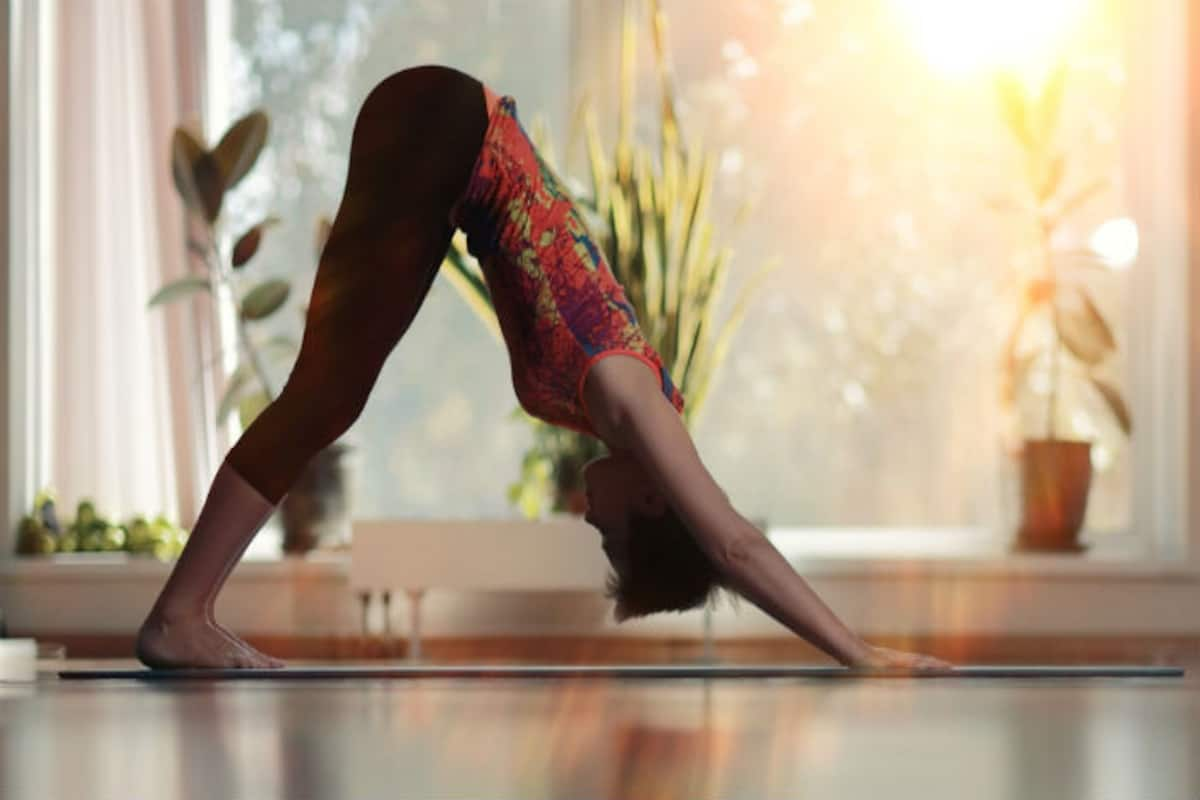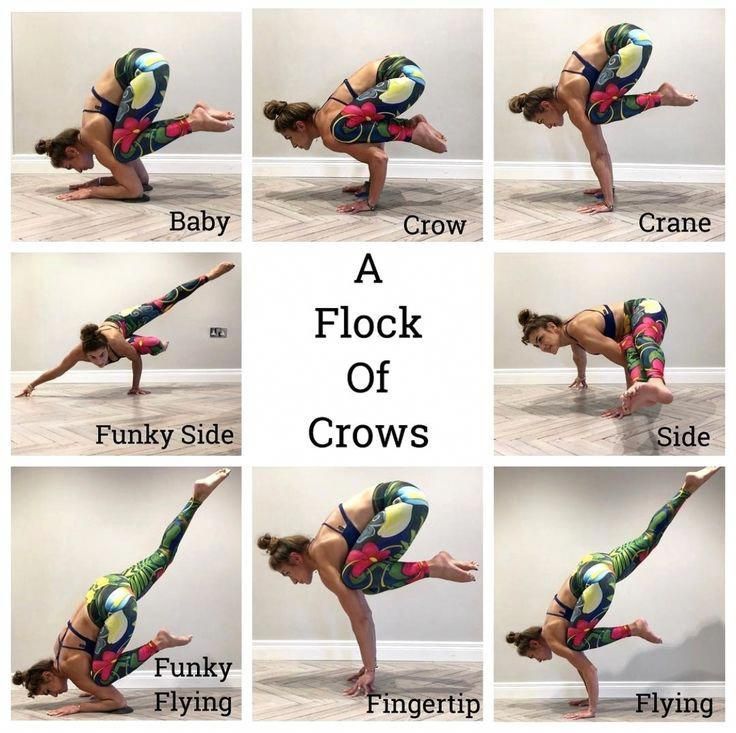
Vinyasa is a multifaceted form of exercise that can provide mental, physical, as well as spiritual benefits. The poses are quick-paced and can improve endurance and cardiovascular health. Beginers should take it slow and adjust their yoga routines to accommodate beginners. You can find many classes and fitness apps for this style. These classes are great for building strength, flexibility, as well as flexibility. Here are the most frequently used Vinyasa poses.
Vinyasa yoga comes in many forms. A simple internet search will help you find classes in your local area. You can read descriptions, look up reviews, or scroll through an Instagram page to determine which studios offer the most vinyasa yoga. It is important to choose the right studio for your style and needs. You can try different instructors with different styles and difficulty levels to find the one that suits you best.

A vinyasa-yoga class does not have a time limit. The class usually lasts about an hour. However, there are some that can be done in as little as 30 seconds. Sign up to the class and it will specify the length. However, if in doubt, you can call the studio before the class starts to confirm. When a class lasts 45 minutes to an hour, you should aim to complete it in one sitting.
Advanced vinyasa Yoga classes will focus on challenging transitions and dynamic poses. The classes will emphasize linking the breath to movement, as well as working the entire body. Vinyasa offers many physical and mental benefits. Vinyasa is an excellent way to improve your fitness, and it's different from other yoga styles. Vinyasa is fast-paced and a great option for anyone new to this sport.
In vinyasa, the sequence of poses is built from a standing pose to a crow pose or a headstand. It is important for beginners to master smooth and fluid transitions. You can then move on to more advanced levels of yoga. You can add additional movements to the sequence. For example, in the Vinyasa class, you can hold the plank pose and continue on your way to the next pose.

Vinyasa, a form of yoga that is highly dynamic, is called Vinyasa yoga. It encourages participants and others to slow down and breathe deeply, so that the body can move naturally and safely. It can include music, meditation, and chanting. Generally, a vinyasa yoga class will be a fast-paced, vigorous class, and may involve a number of poses. For those who are new to yoga it is a good idea to start with a slower class.
FAQ
What is your favorite workout to build muscle mass?
There are two major exercises that you should do when you want to build muscle mass. These include isolation exercises and compound movements. While isolating exercises target specific muscles, compound movements are designed to focus on multiple muscle groups at once.
The best way to improve your workouts is to choose exercises that challenge all your major muscle groups. This ensures you're always pushing yourself during your workouts.
MyFitnessPal is an app that allows you to track your activities. You can log everything, from calories burned to weight lifting. You can also make custom meal plans according to your goals.
How do I build muscle quickly?
Fast muscle building is possible by eating healthy foods and regularly lifting weights.
Early morning is the best time to exercise. You are awake and alert, ready to take on the day.
Do push-ups, bench presses, squats, and other exercises.
Consider trying different weight training programs and drinking plenty of water throughout each day.
Do I have the obligation to exercise every day or just on occasion?
No! Do at least 30 minutes of moderate intensity physical activity five days a week. That means walking fast enough to be slightly out of breath or biking hard enough to sweat.
What diet supplement is best to lose weight?
Weight loss requires diet and exercise. However, some people find that certain supplements help them along the way.
Many studies show that omega-3s may help you lose weight. Omega-3s are essential fats which are crucial for brain function. They can be found as a part of seafood such as tuna, salmon, shrimp, and cod live oil.
Another study suggests that green-tea might help with weight loss. Green tea has catechins, which are antioxidants that can help increase metabolic rate and encourage weight reduction.
Statistics
- According to the American Heart Association, blood pressure should be checked at least once every two years, beginning at age 20. (my.clevelandclinic.org)
- Get free shipping and 25% off today. (healthline.com)
- Are You One of the 20% of Guys (mh.co.za)
- By John Thompson Take a whopping 38% off a set of PowerBlock Pros. (menshealth.com)
- Cardmembers earn 5% Back at Amazon.com with a Prime Credit Card. (amazon.com)
External Links
How To
How can I exercise to burn fat?
Exercise helps you lose calories by increasing your metabolism and oxygen intake.
If you exercise with moderate intensity, you can safely lose weight.
These are some tips to help you lose fat while working out:
-
Cardio exercises include walking, running, swimming, cycling, running and jogging.
-
For 30 minutes, do it three times a week.
-
Strength training is a great way to lose weight.
-
Avoid intense workouts. It is possible to build muscle without destroying muscle tissue.
-
Hydrate well during exercise. Water helps to flush out toxins from the body and maintains proper hydration.
-
After exercising, you should drink low-fat protein drinks. Protein shakes are great for your muscles and energy.
-
So you don’t feel hungry, eat smaller meals throughout your day.
-
Don't skip breakfast! Skipping breakfast can make you tired and sluggish.
-
Mental health is important. Stressful situations can slow down metabolism.
-
Keep a positive attitude. Studies show that overweight people are more likely to be obese than those who perceive themselves as attractive.
-
Get enough sleep. You will have a harder time losing weight if you do not get enough sleep.
-
Active living is key. Be sure to get up and move around every hour or two.
-
Maintain a healthy diet. Eat right to feel satisfied and full for longer.
-
Find ways to relax. A tense mind doesn't allow your body to release stress hormones that break down muscle tissue.
A balanced diet provides all the nutrients necessary for growth and development.
Six small meals per day is better than three large meals. This allows your body time to digest what you've eaten.
To maintain strong bones, you need to consume 500 mg of calcium each day. Calcium can be found in dairy products such as yogurt, fortified soybean beverages, orange juice, cereals, bread, and cereals.
Calcium is found in leafy green vegetables and beans, tofu as well as nuts, seeds, cheese, and seeds.
Vitamin D is essential for calcium absorption. Vitamin D is found in certain fortified foods, such as egg yolk and fatty fish.
Vitamin E is important for skin health. It's found in vegetable oils, wheat germ oil, peanuts, almonds, sunflower seeds, and corn.
Your body requires zinc for normal immune function and wound healing. Zinc can be found as a mineral in oysters.
Zinc deficiency may cause fatigue, loss appetite, depression, and impaired immunity.
Sugar intake can lead to insulin resistance which causes blood glucose levels to rise. Insulin resistance is linked to weight gain.
Insulin resistance occurs when the bloodstream is full of free radicals. Free radicals are molecules containing unpaired electrons which cause damage to cells membranes.
The most common sources of free radicals include food additives.
Free radical damage can lead cancer, heart disease or diabetes, arthritis, asthma, or other forms of aging.
Antioxidants are essential for preventing free radical damage. Antioxidants protect against oxidative damage.
Vitamin C (found on citrus fruits), Beta carotene, found in carrots and sweet potatoes, spinach and broccoli, cantaloupe (found in tomatoes, mangoes and peppers), and Vitamin E (found nuts, olive oil and avocados).
Selenium, copper and manganese are all antioxidant nutrients.
Selenium helps protect cells from oxidative damage caused by free radicals. Selenium can also be found in Brazil nuts (tuna), liver, kidneys and shrimp.
Copper protects your eyes, brain, eyes and red blood cell. Copper is also found in poultry, meat, and organs.
Manganese is an essential component of bone structure. Manganese is found in brown rice, spinach, bananas, prunes, raisins, oatmeal, and lentils.
Zinc is required for normal growth, reproduction and wound healing. Zn is present in lean cuts of meat and white fish, as well as eggs.